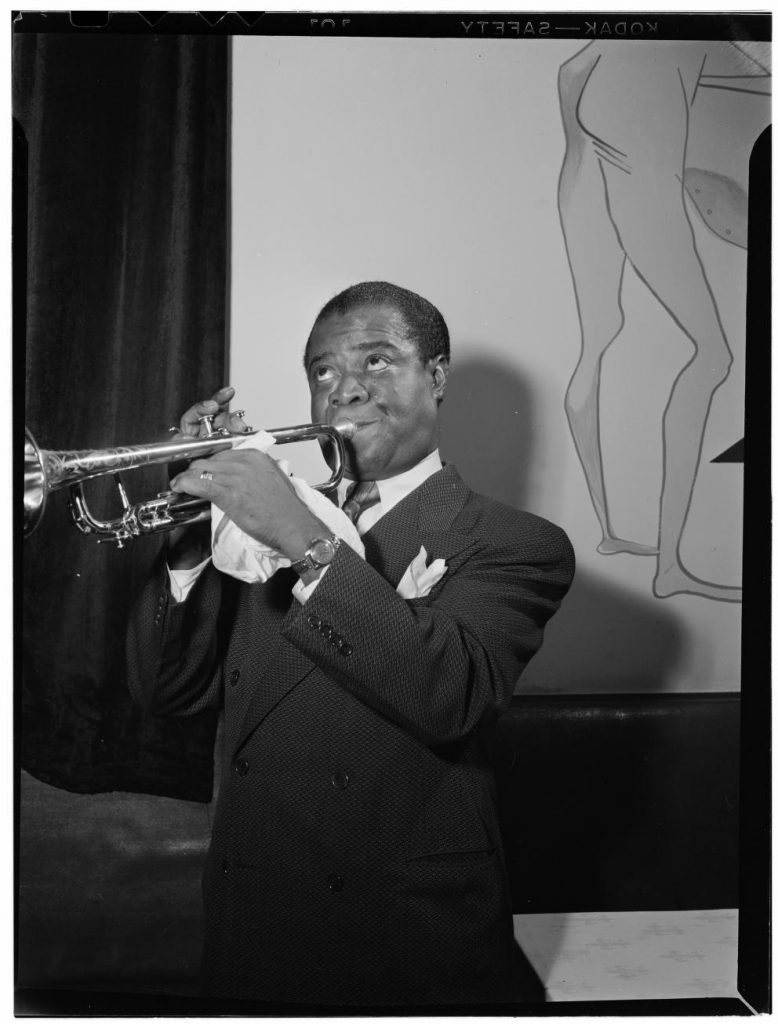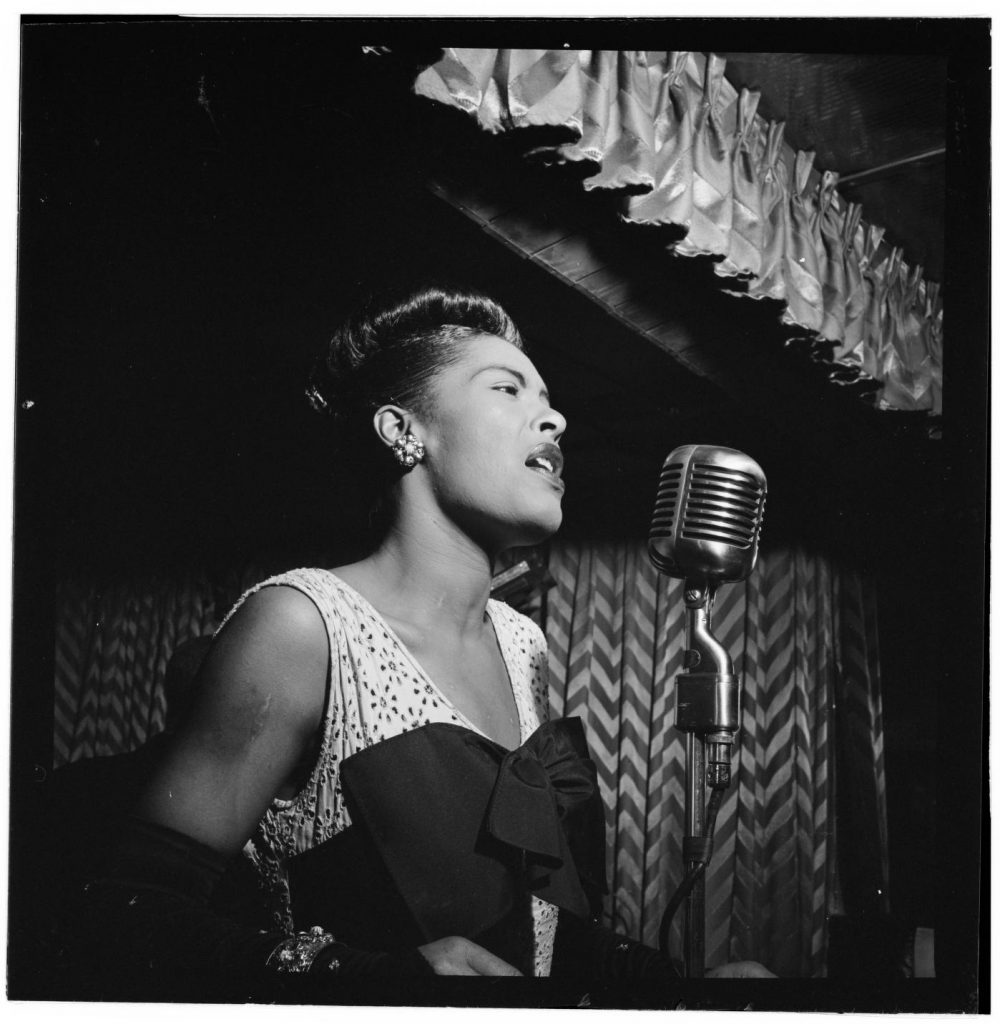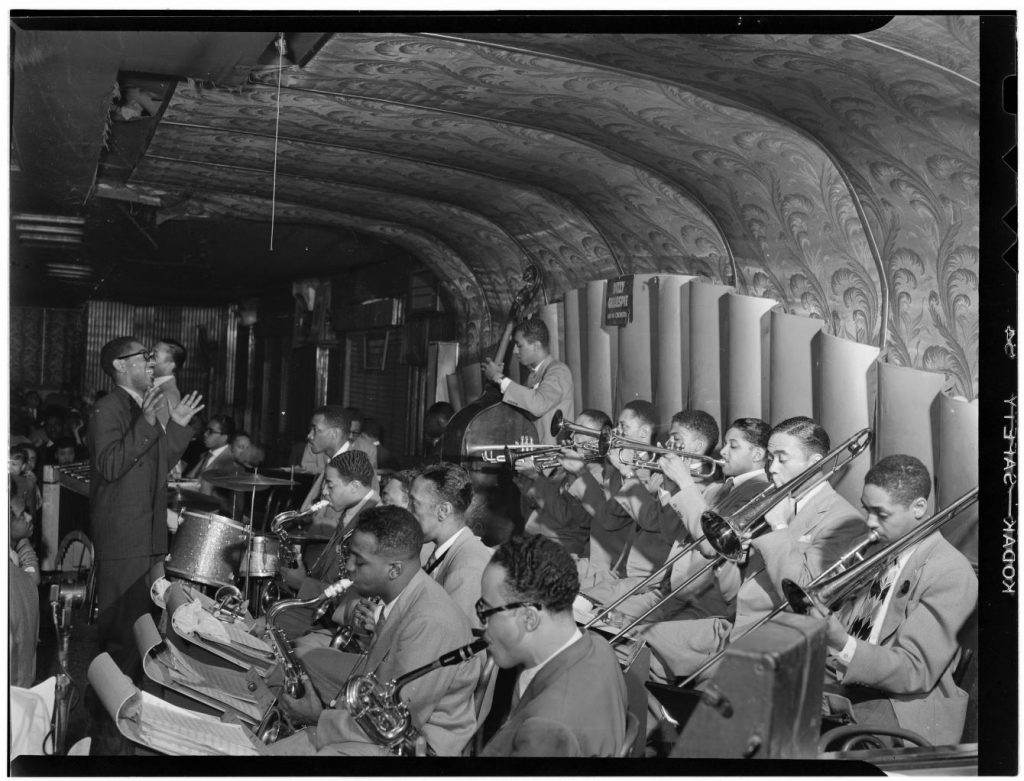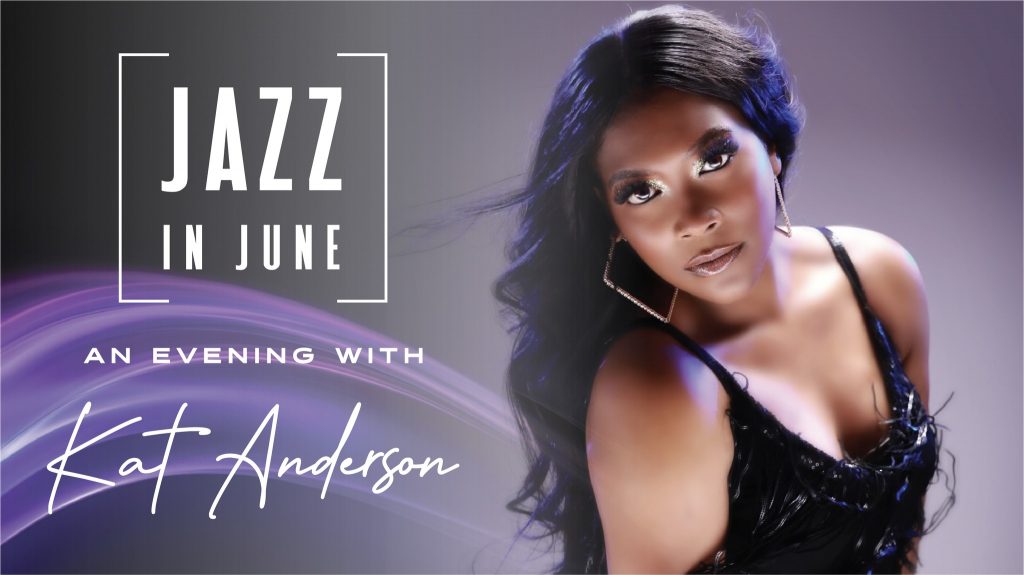
By Meghan E. Gattignolo
Jazz. What sounds do you hear when you read the word “jazz?”
What feelings does it stir in you? Is it appealing? Do you hear the dusky vibrations of a Prohibition-era speakeasy, or the chill vibes of modern jazz clubs? Do you hear the ocean, or a bustling city? Jazz has historically enjoyed a controversial role in the music scene. During the 1920s, jazz was the music of youth and parties; older generations despised it. In more recent times, jazz is reviled by some as a genre that contradicts music, while others live by it. Jazz can sound different depending on who is playing the music and who is listening. For that reason, jazz is elusive in definition. If you’ve listened to jazz in one context in the past and didn’t like it, you may be surprised to find yourself one day listening to a jazz song and falling in love with the sound. Jazz is music, but it is also art, language and a culture all on its own.
Born in the gorgeous melting pot of New Orleans, jazz music has multicultural roots. Mississippian and Woodland Native Americans originally lived in what would become New Orleans, with France taking over in the late 17th and early 18th centuries. Louisiana and New Orleans spent some time under Spanish rule as well, after France ceded the territory through treaties in the 1760s. Almost as soon as Napoleon took Louisiana back, France sold it to the United States in 1803. New Orleans’ changes in leadership and laws lead to an elastic attitude toward culture. With people from so many different places claiming the city as their home, there was no room for exclusion. Native Americans, French, Spanish, freed slaves and Caribbean peoples – among others – freely socialized and influenced one another in the bustling port city for 200 years before jazz was born.

Portrait of Louis Armstrong, 1938
William P. Gottlieb, photographer
William P. Gottlieb/Ira and Leonore S. Gershwin Fund Collection, Music Division, Library of Congress

Portrait of Billie Holiday, ca. Feb. 1947
William P. Gottlieb, photographer
William P. Gottlieb/Ira and Leonore S. Gershwin Fund Collection, Music Division, Library of Congress

Portrait of Dizzy Gillespie, 1946
William P. Gottlieb, photographer
William P. Gottlieb/Ira and Leonore S. Gershwin Fund Collection, Music Division, Library of Congress
A variety of musical styles influenced jazz. Blues and ragtime are often the most cited sources, but jazz also derives influence from West African music, European classical music and folk songs. Unlike other music genres, jazz is usually not composed by a musician and played later by someone else. A huge part of what makes jazz special is how it is improvised during performance. Improvising melodies takes a lot of skill, so watching a live jazz musician who can improvise well is an impressive sight. Jazz is also known for taking familiar songs and transforming them into a new piece of music, often with a personal twist. Jazz thrives in the realm of freedom of self-expression. Every jazz musician will have a unique sound, and that’s what makes jazz such a beautiful and multi-layered music genre.
Some of the most well-known performers of the first half of the 20th century were jazz musicians and singers. Louis Armstrong, Billie Holiday, Dizzy Gillespie, John Coltrane and Ella Fitzgerald are still among the most famous today. Artists like Ray Charles, Natalie Cole and Nora Jones have done their part to integrate jazz into popular music and bring the genre to new audiences.

Join the Customs House Museum & Cultural Center for a sultry evening with Kat Anderson, a regular performer with the B.B. King All Star Band at B.B. King’s Blues Club in downtown Memphis. Tickets are on sale now for the Museum’s annual fundraising party, Jazz in June, but they’re going fast! Make sure you get your tickets for next Saturday, June 3. Proceeds from the event will go toward supporting the Museum’s mission in our community.
Resources
What is Jazz? | National Museum of American History (si.edu)
Jazz | Definition, History, Musicians, & Facts | Britannica
Best Jazz Songs: 51 Classics And Standards That Transcend Time (udiscovermusic.com)
New Orleans – History, Louisiana Purchase & Hurricane Katrina
Featured Photo
Vaudeville: Sketch no. 16 (Jazz Club Scene)
George Williams
Library of Congress, Music Division, Federal Theatre Project Collection

Meghan E. Gattignolo is a freelance writer and longtime Clarksville, TN resident. She loves to obsess about historical subjects and annoy her family daily with unsolicited random facts. Meghan holds a History B.A. from Austin Peay State University and lives in town with her husband and two daughters.